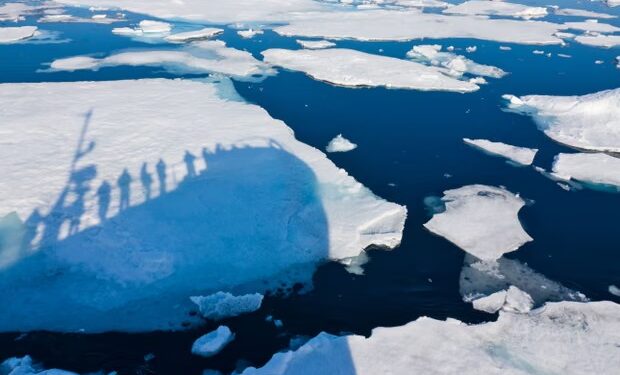Scientists report an unexpected slowdown in the decline of Arctic sea ice over the past two decades, noting that ice loss has paused in some regions despite continued global warming driven by fossil fuel emissions.
Natural variability offers a temporary respite
Experts suggest that natural climate variability, rather than a reduction in global heating, is the main factor behind the slowdown. Shifts in ocean currents and atmospheric patterns have temporarily stabilised ice levels in parts of the Arctic, offsetting some of the warming’s impact. Researchers emphasise that these fluctuations are short-term and do not signal a permanent halt to ice loss.
Long-term trends remain alarming
Satellite data since 1979 show a dramatic overall decline in Arctic sea ice extent, with September ice levels having halved over that period. The ice is also thinning, with average thickness falling steadily. Scientists warn that once the current phase of natural variability ends, ice loss may accelerate sharply, reinforcing the long-term trajectory of decline linked to climate change.
Implications for climate and ecosystems
The slowdown does not lessen the urgency of addressing global heating. Arctic ice loss affects sea level rise, global weather patterns, and ecosystems dependent on the ice. Policymakers and researchers stress that mitigation of greenhouse gas emissions remains critical to limit future impacts, even as natural cycles temporarily modulate ice trends.
REFH – Newshub, 21 August 2025









Recent Comments